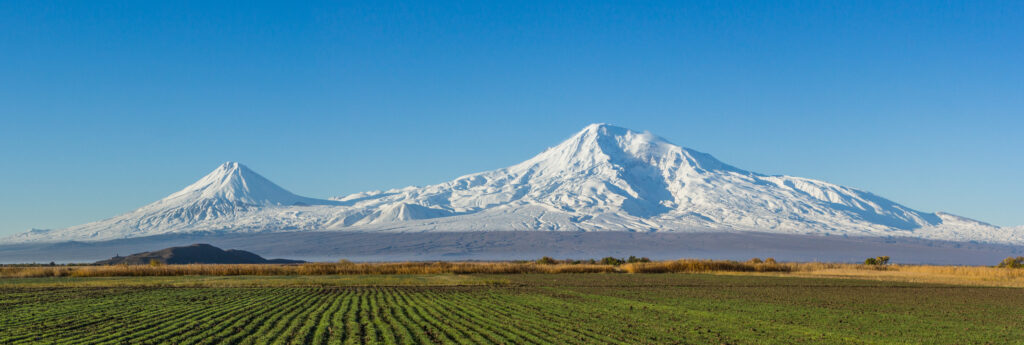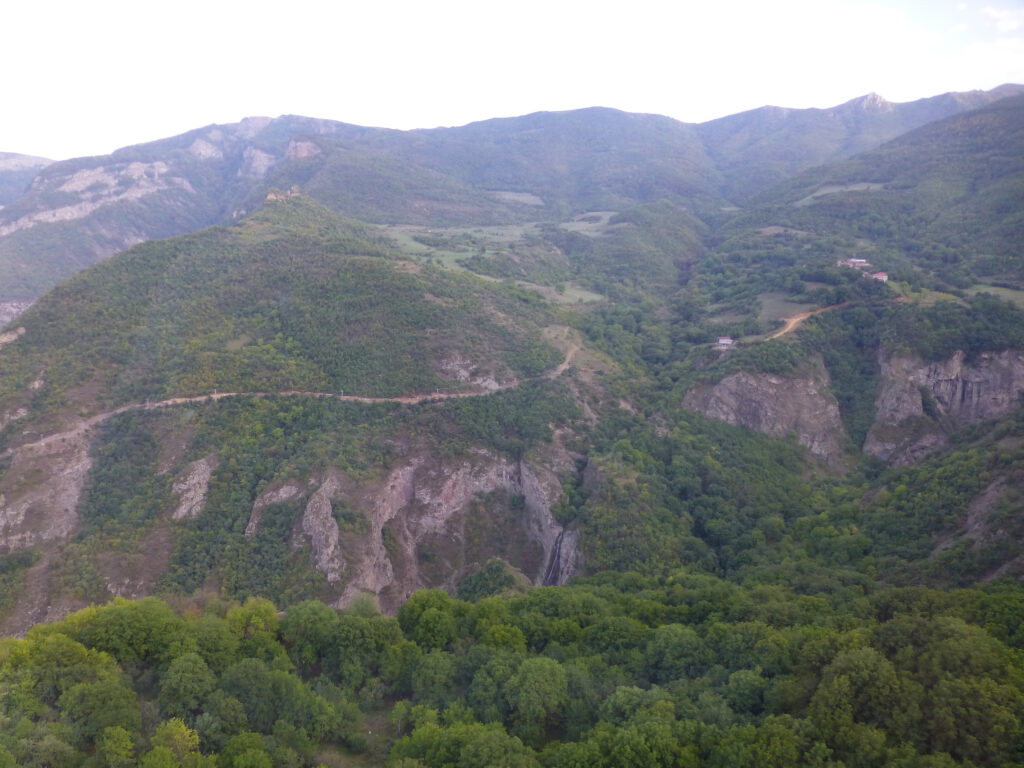Intro to Armenia
Armenia was formally part of the Ottoman empire, the Russian empire and then the Soviet Union. The Eastern Armenians under the rule of the Ottomans were the victims of genocide during the First World War. Eastern and Western Armenia were rejoined in 1920 shortly before the Soviets gained control of the country. The country did not regain its independence until after the collapse of the Soviet Union. The end of the Soviet era brought renewed conflict with neighboring state Azerbaijan. Now the country is a democratic state, with a multi-party system.
So that was a brief history of Armenia, yet it is also a country with rich traditions and culture, not to mention interesting places to visit. Armenia was one of the earliest countries to convert to the Christian religion in 301 AD (before the Roman empire) and there are some of the earliest known surviving churches can be found in this country. The country has had periods of being independent mixed with being part of other empires or states like the Byzantine empire and most recently the Soviet Union.
So people who have an interest in culture, history and religion will find Armenia an interesting place to visit. It is in the Caucasus mountains in a region where Europe meets Asia. Armenians have a strong sense of their distinct culture, language and religion yet are still welcoming and friendly towards their visitors. Aside from the mountains and the landscapes tourists can visit some of the country’s fine architecture and historical buildings. Such buildings also reflect the different rulers of the country, all of whom failed to repress Armenian culture and identity.
Armenia is a country that should be visited by tourists that want to learn things and to discover different cultures and traditions instead of just lounging on a beach.

